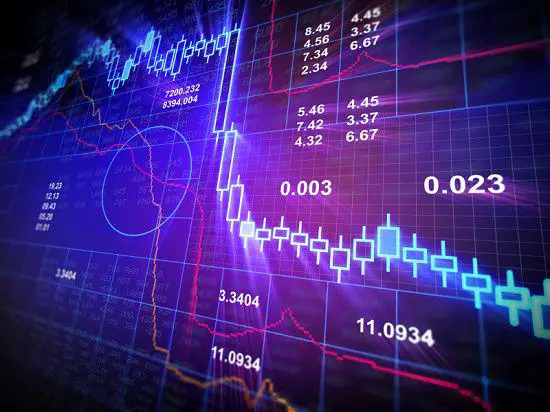The PBOC on June 27 issued China Financial Stability Report 2016 (hereinafter referred to as “report”), which introduced high-frequency trading in special column. The report pointed out that high-frequency trading and program trading were criticized during the stock market tumble in 2015. It is necessary to gain correct understanding on the frequency of market trading, learn regulatory experience on high-frequency trading from overseas authorities and further strengthen supervision on high-frequency trading.
The report specially mentioned that when no fundamental changes have taken place to relevant market environment, to abruptly resume T+0 trading does no good to improve the market efficiency, and on the contrary it likely encourage high-frequency trading, intensify financial speculation and invoke systemic financial risk.
Be cautious on resuming T+0 trading in the A-share market
High-frequency trading is a special program trading. According to the interpretation set out in the report, program trading is a type of high-speed and automated trading in a large number of stocks executed by a computer program simultaneously. When the frequency of program trading reached a certain degree, it constitutes high-frequency trading. Program trading and high frequency trading are adopted in China’s securities and futures market. Though the T+1 trading system in the A-share market limits the frequency of trading, investors can still conduct high-frequency trading in disguise by returning securities lending on the same day of borrowing.
High frequency traders send false messages to the market by placing and canceling orders frequently. While the automatic trigger mechanism of program trading may intensify the tendency of trading, thus market volatility increased. Besides, once automatic trading program encounters technologic problems, false orders may be produced, and the normal operation of the market is disturbed. It might even cause systemic risk. For example, the Everbright trading mishap happened on August 16, 2013 was triggered by error in the ETF arbitrage system of Everbright Securities.
The report suggested that relevant regulators should manage risks well and further enhance supervision on high-frequency trading.
Firstly, build vertical risk-defense line for high-frequency trading. Firstly, internal risk control mechanism of high-frequency traders, which primarily controls the size and frequency of trading; secondly, exchanges’ risk control, including limit the scale and frequency of orders, to set threshold for the suspension of high-frequency trading based on the volatility of the market, and improve restrictions such as access permission mechanism, volume and the percentage of electronic instructions; thirdly, the clearing members, which can check whether there are risks or trading need to be suspended; fourthly, management of central counterparties, which shall evaluate potential risks of high frequency trading based on their own data.
Secondly, we should cautiously view T+0 trading in the A-share market. Now, China’s capital market system has not fully completed yet, risk control systems of institutional investors are still weak, and small and medium investors still carry out obviously irrational behaviors. Under not substantially changed environment, rashly resuming the stocks’ T+0 trading will not improve the market efficiency, but also trigger high frequency trading, worsen financial speculation, and cause systemic financial risk.
Europe and U.S. reinforce supervision & control on high frequency trading
The Report introduces the international experience to this respect. Although European countries and the U.S. allow related institutions to conduct high frequency trading, they also take moves to supervise and control such trading, and limit the possible hit on market from over-frequent trading.
Referring to the U.S., firstly, it reinforces the information collection and daily monitoring on high frequency trading. Such traders are classified with special recognition codes, and brokers are required to submit the trading record to U.S. Securities and Exchange Commission on the next day after trading. Secondly, it builds up the data analysis system for market information to monitor small-scaled “flash crash” so as to confirm potential illegal behaviors. Thirdly, it also establishes corresponding selection mechanism aiming at possible fluctuation in the market caused by high frequency trading behaviors, like charges on excessive instructions. Fourthly, the U.S. constructs emergency processing mechanism, including circuit breaker mechanism on abnormal transactions, and mistaken order cancelation mechanism. Fifthly, it limits special high frequency trading behaviors to maintain a fair market, such as banning flash instructions, providing fair co-location service and etc.
In terms of Europe, the European Parliament passed through Markets in Financial Instruments DirectiveⅡin March 2014, requiring that high frequency trading companies shall be approved by regulators for their proprietary trading, and those implementing market-making strategy shall sign agreements with bourses. Especially in September 2012, the BaFin issued the first supervision draft for high frequency trading in the world, and listed such traders as regulatory target.
(APD/XH FINANCE)
 简体中文
简体中文

